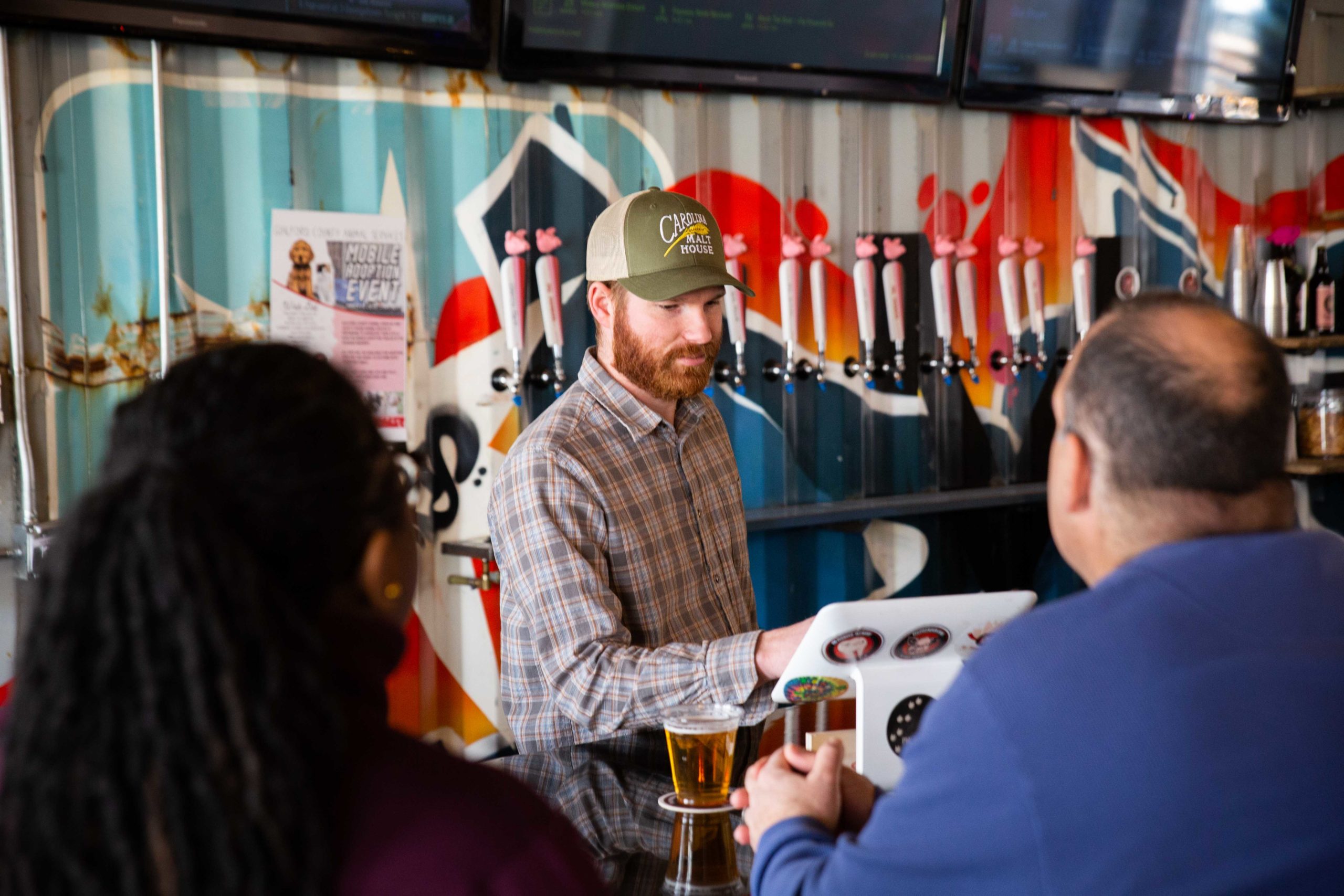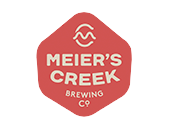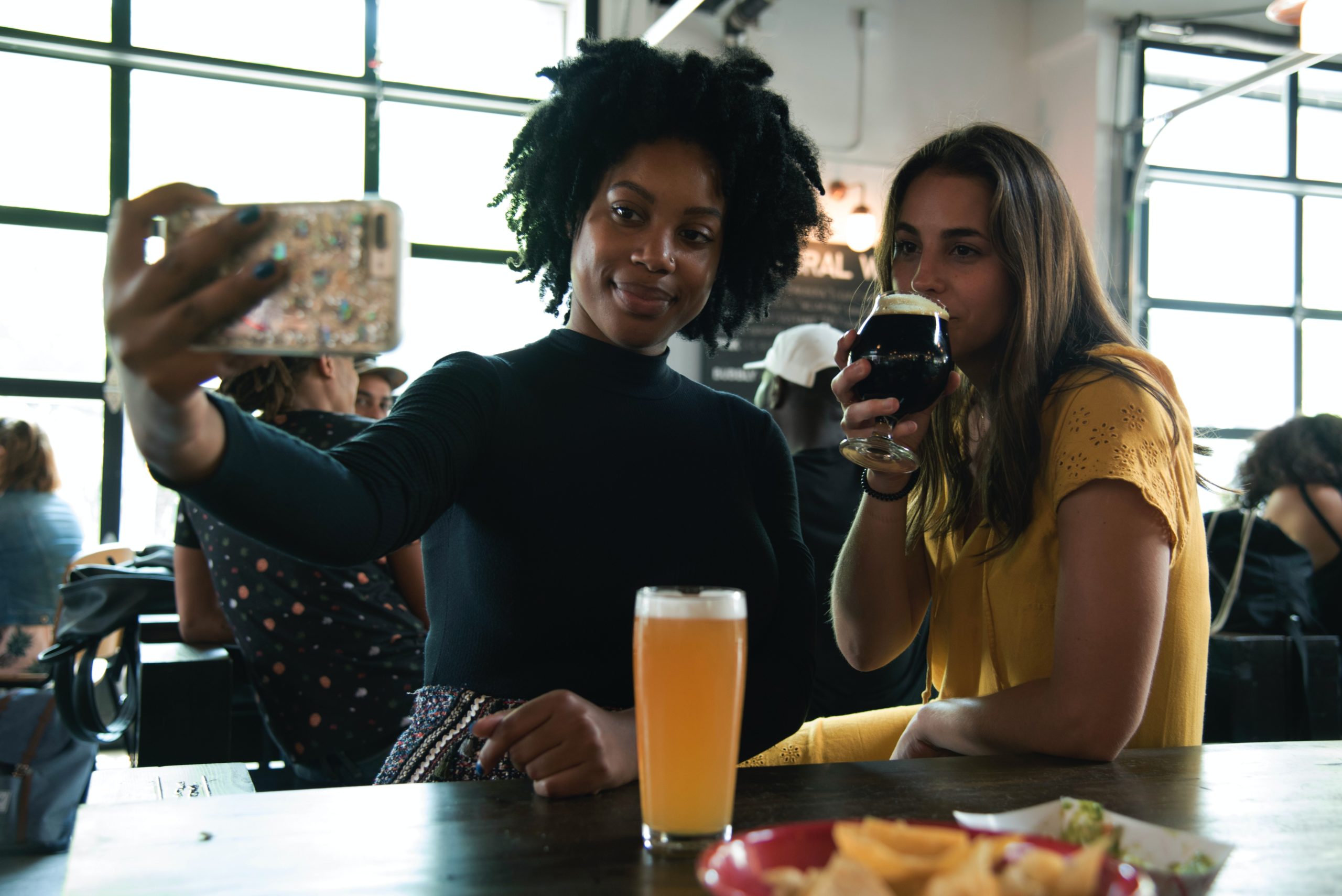The content in this article is adapted from a conversation with Zach Kamphius of Commerce7 and John Kelley of Craftpeak. You can watch a recorded video of that discussion on demand at any time.
For breweries, wineries, and cideries, the coronavirus pandemic created an urgent need for marketing and selling to customers outside of the tasting room. Some businesses scrambled to create or ramp up ecommerce and DTC sales programs that helped keep them afloat — others simply closed their taprooms, hoping the pandemic would pass quickly. The businesses that performed best over the past 12 to 18 months were the ones that already had the foundations of a DTC program in place before the pandemic, because they were able to quickly pivot to focusing on off-premise channels.
But what happens now? With large-scale shutdowns seemingly a thing of the past in the U.S., is it still worth it to put time and money into ecommerce, DTC shipping, and online subscriptions? How can you still be successful with these channels even as your tasting room bustles with activity again?
Back to Normal? Reopening Tasting Rooms
It’s tempting to ditch the extra programs you may have taken on during the pandemic and revert back to a “taproom first” sales model. But think about the opportunity cost of ignoring online sales channels. Over the long term, it’s more profitable to invest in ecommerce and other off-premise DTC channels that allow you to continue selling to existing customers. It’s no secret that the cost of acquiring new customers is far higher than the cost of selling to the ones you already have.
The great thing about taprooms and tasting rooms reopening is that a great DTC program goes hand-in-hand with a stellar on-site experience. You already invest time and energy into ensuring your customers have an enjoyable and memorable experience drinking at your facility. When you then take the time to collect information about your customers that helps you create personalized product and event recommendations later on, you can maximize your sales with minimal effort.
When a brewery releases a product to their membership program, those members spend about 30-40% more than the average customer.
– Craftpeak customer data
In 2020, the food and beverage industry became the largest online consumer packaged goods segment in the U.S. for the first time ever. Plus, Nielsen estimates there’s a $60 billion opportunity for capturing additional online buyers. In other words, if you’re not selling alcoholic beverages online, your competitors will be. And buyers will spend their dollars with brands that make purchases easy and convenient for them.
Ecommerce & DTC: Strategies for Success
Industry experts say there are two keys to successful online sales programs. The first is intentionally collecting customer data in the taproom or tasting room. According to Commerce7, the wineries on their platform that did the best at this in 2020 earned 78 cents in online sales for every dollar spent in the tasting room. The wineries that failed to collect customer information in the tasting room saw only 15 cents spent online for every tasting room dollar sold.
On average, it takes a customer 3.5 orders before they sign up for a club.
– Commerce7 customer data
So, how do you get better at it? It’s simple: Take the time to explain the importance of gathering customer information to every member of your tasting room team. Your taproom servers know how vital the customer experience is, but do they know the value of a customer email address and how that helps your team meet its sales goals? If it takes an average of 3.5 orders to get someone signed up for a club or subscription, you’re unlikely to get the opportunity to sign up an out-of-town customer (or a local one who only stops by a couple times a year) once they walk out the door.
The other key to success is creating meaningful ecommerce programs that add value for your customers. Train your servers on how to ask for information. Instead of saying, “Can I get your email address?” and ending up with a lot of junk emails, connect with the experience the person is having on site. For example, if a customer raves about the fruited sour you have on tap, a server could say, “We have a similar beer planned for next month, and I think you’d really enjoy it. Would you like to be the first to know when it’s available?” Take what you know about the customer and make valuable recommendations that build brand loyalty and encourage them to give you the information you need to reach out to them later. You’ll want to keep track of customer data digitally — whether in your POS system, a winery CRM, or the sales module of your inventory management system — so it’s easy to find when you need it.
Getting Started With Ecommerce & DTC Sales
If your team is diving in for the first time or trying to revamp your efforts, here’s some advice.
- Compliance. If you’re considering selling online in any capacity, but particularly if you’re planning to ship products to customers, the first step is making sure it’s legal in your state. Currently, DTC shipping of wine is legal in most U.S. states but beer is lagging behind, so consult a beverage alcohol expert in your state before moving forward.
- Operations. Once you know what you can and can’t do, get your entire leadership team on board. If they fully embrace the strategy and encourage the employees at lower levels to participate, you’ll be much more successful. You’ll also want to designate at least one person to lead the charge on your ecommerce and DTC programs to ensure there’s someone responsible for pushing them forward.
- Crawl, walk, run. Start small and lay a strong foundation that you can build on over time. The worst thing you can do is commit to more than your team can handle and then abandon the effort entirely due to a lack of focus and organization.
- Technology. The number of options out there can be overwhelming, but the key is knowing what you’re looking for. You probably don’t need every bell and whistle — you just need a modern, flexible platform that can grow with you as your needs (and sales) rise over time. Make sure your team is aligned on your short- and long-term goals, and go into product demos with those objectives in mind.
Want More Tips on Maximizing Your Sales?
You can watch an on-demand webinar on this topic any time on this page. You may also be interested in Driving Direct-to-Consumer Wine Sales in 2021.





